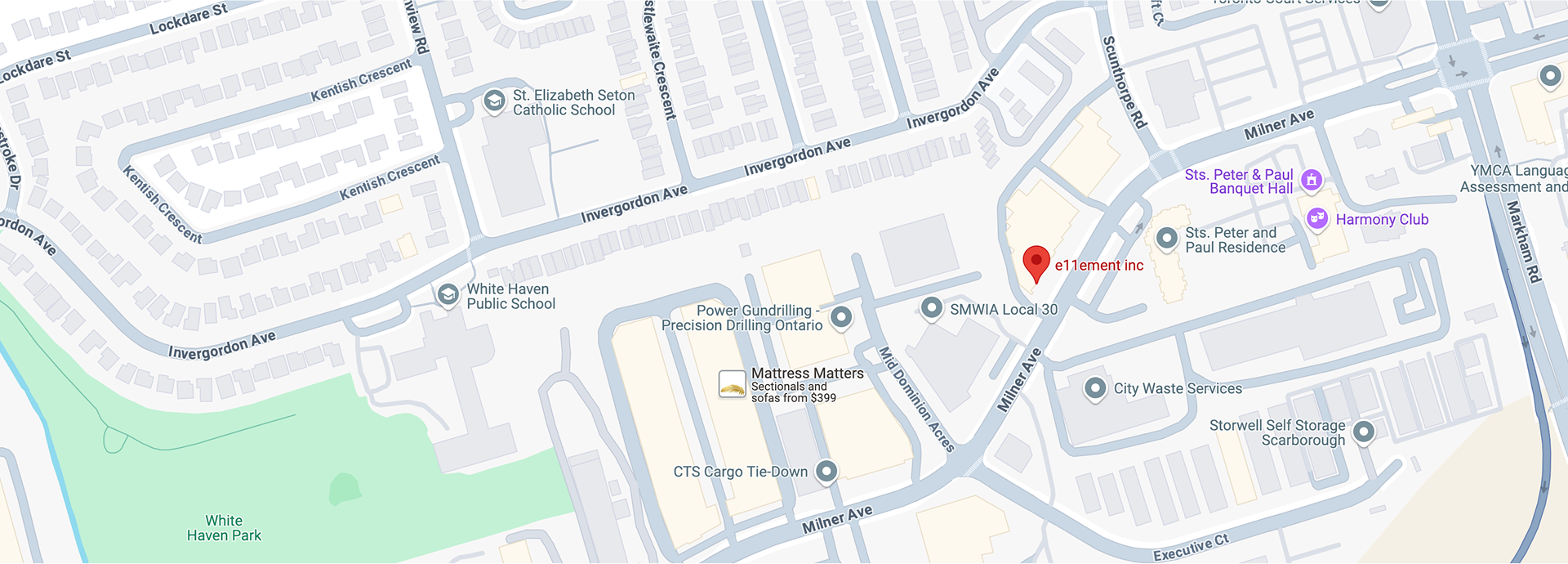In the realm of germ warfare, one compound stands out for its remarkable efficacy: hypochlorous acid. But what exactly is hypochlorous acid, and how does it accomplish the feat of annihilating germs? In this comprehensive exploration, we will delve deep into the science behind hypochlorous acid's germ-killing abilities.

Hypochlorous acid, often abbreviated as HOCl, is a weak acid that forms when chlorine dissolves in water. It is widely recognized for its potent antimicrobial properties and is commonly used as a disinfectant in various industries, including healthcare, food processing, and water treatment.
What is Hypochlorous Acid?
Hypochlorous acid is a chlorine oxoacid with the chemical formula HOCl. It is a colourless solution with a slightly acidic pH and a distinct chlorine odour. Despite its simple chemical structure, hypochlorous acid possesses remarkable antimicrobial properties that make it a formidable weapon against a wide range of pathogens.
The Mechanism of Germ Killing
The key to hypochlorous acid's germ-killing prowess lies in its ability to disrupt essential cellular processes in microorganisms. When hypochlorous acid comes into contact with a pathogen, it penetrates the cell membrane and targets vital components within the cell, leading to its demise.
One of the primary mechanisms by which hypochlorous acid kills germs is through the oxidation of cellular components. Hypochlorous acid is a powerful oxidizing agent, meaning that it readily donates electrons to other molecules, causing them to undergo chemical changes. This oxidative stress damages essential biomolecules such as proteins, lipids, and nucleic acids, disrupting the microorganism's normal functioning and ultimately leading to cell death.
Furthermore, hypochlorous acid can also interfere with critical enzymatic reactions within microbial cells. Many enzymes rely on specific functional groups to catalyze biochemical reactions. However, hypochlorous acid can react with these functional groups, rendering the enzymes inactive and disrupting vital metabolic pathways.
Additionally, hypochlorous acid can disrupt the integrity of the microbial cell membrane. The cell membrane serves as a barrier that regulates the flow of molecules into and out of the cell. When exposed to hypochlorous acid, the cell membrane becomes permeable, leading to the leakage of essential cellular components and ultimately causing the cell to burst.
The Spectrum of Germ-Killing Activity
One of the most remarkable aspects of hypochlorous acid is its broad spectrum of germ-killing activity. Unlike some antimicrobial agents that are only effective against specific types of microorganisms, hypochlorous acid exhibits potent activity against bacteria, viruses, fungi, and even spores.
Bacteria, which are single-celled microorganisms, are particularly susceptible to the effects of hypochlorous acid. Hypochlorous acid can penetrate the bacterial cell wall and disrupt essential cellular processes, leading to bacterial death. This makes hypochlorous acid an invaluable tool for disinfecting surfaces and controlling bacterial infections.
Viruses, despite their unique structure and mode of replication, are also vulnerable to the effects of hypochlorous acid. Viruses rely on host cells to replicate and propagate, but they are unable to survive outside of a host for an extended period. When exposed to hypochlorous acid, viruses are rapidly inactivated, preventing their spread and transmission.
Fungi, including yeasts and molds, are another group of microorganisms that are susceptible to the germ-killing effects of hypochlorous acid. Fungal cells share many similarities with animal cells, making them vulnerable to oxidative damage and disruption of cellular processes by hypochlorous acid.
Even spores, which are highly resilient structures formed by certain bacteria and fungi, are not immune to the effects of hypochlorous acid. While spores are notoriously resistant to heat, chemicals, and other environmental stresses, hypochlorous acid can penetrate the spore coat and disrupt essential cellular processes, preventing germination and growth.
Conclusion
In conclusion, hypochlorous acid is a powerful disinfectant with broad-spectrum antimicrobial properties. Its ability to disrupt essential cellular processes in microorganisms makes it an invaluable tool for controlling infections and preventing the spread of disease. By understanding the mechanisms behind hypochlorous acid's germ-killing abilities, we can harness its power to create safer and healthier environments for ourselves and future generations.























